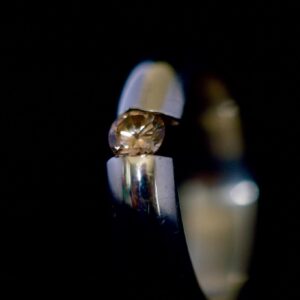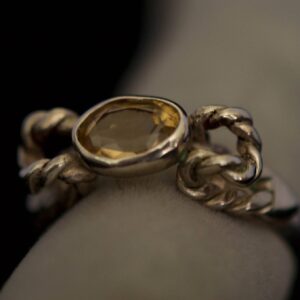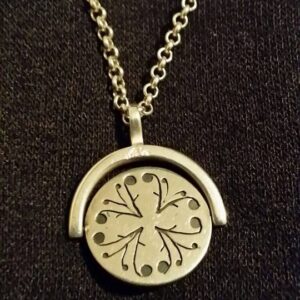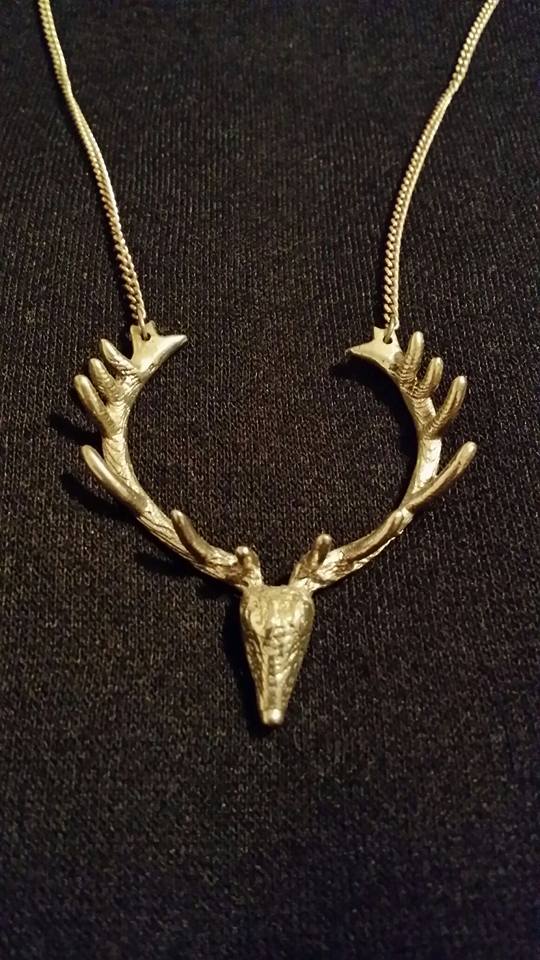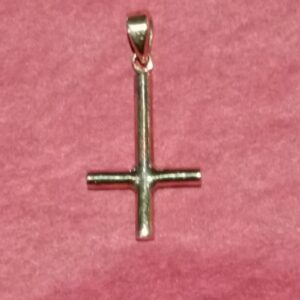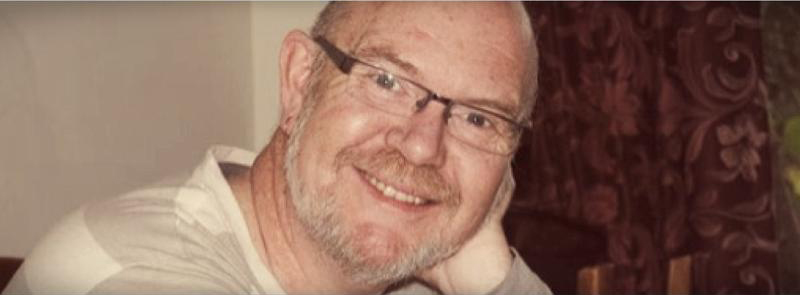Hi! I’m Phill Barnes, principal jeweller of Sphilvers.
I have been making jewellery since the early 90’s following a personal addiction to rings, studying double silver jewellery courses at TAFE for several years.
My jewellery is made solid and robust and with great passion. Pieces are produced by metal fabrication, lost wax and cuttlefish casting – the latter having been used in some form by the Etruscan and Egyptian civilisations.
My inspiration is drawn from many areas, history, nature mechanics, structures and sometimes nonsense from deep within.
An eclectic mix of production pieces are available for order. I also produce custom consignment pieces.
Production
We manufacture jewellery using predominately two types of casting, cuttlefish and lost wax.
Cuttlefish Casting
Cuttlefish has been around for centuries, maybe a millenia. The Romans used it. It involves carving a design into the cuttlefish bones which end up on the beach. Then pouring molten metal directly into it.
It is not only a simple method, but gives you a natural textured finish which can be used as a fundamental part of the design.
Cuttlefish casts are a one off cast and each casting will be a little different.
Lost Wax Casting
Lost wax casting, is where a wax model is invested or encased, in a plaster type mold. The wax is then melted and burnt out leaving a cavity. Molten metal is then poured in. This type of casting can accommodate much more interesting and complex designs, but requires mechanical assistance to fill the mold properly. This is most commonly centrifugal force or a vacuum.
Some of my designs incorporate both types of casting, the original being cuttlefish cast then a mold is made which is injected with wax. The lost wax casting can be performed in multiples.
The wax molds can be easily adapted for a different piece by changing the wax form. For example a ring can be made as a pendant or bracelet component, and vice versa. This is much easier to do in wax than with metal for obvious reasons.
You can then with wax carve an original that forms the basis for a new piece.


